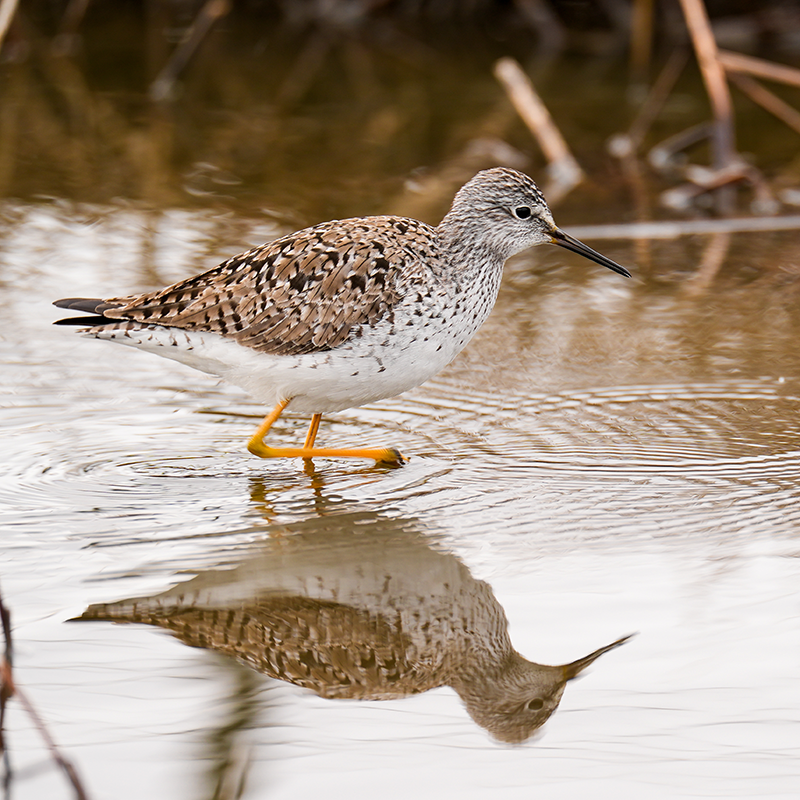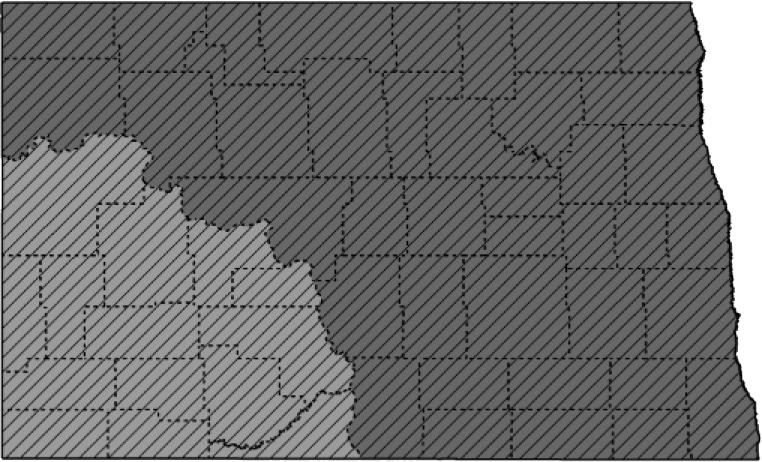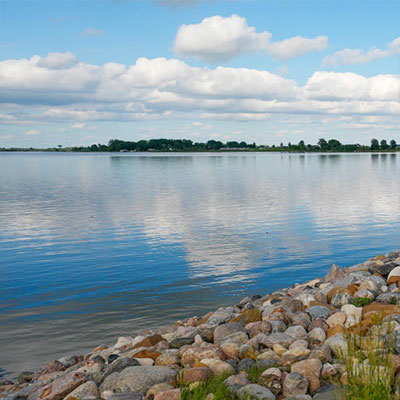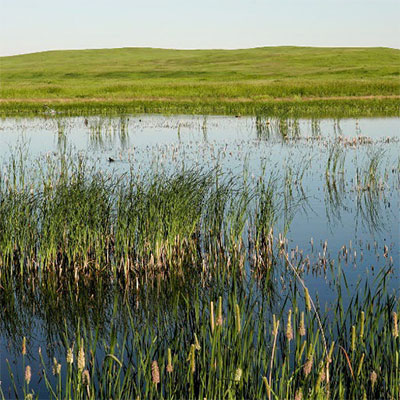Lesser Yellowlegs

NDGF
L 10.5”, WS 24”, 2.8 oz. Upperparts gray-brown, underparts white with little barring on flanks, long yellow legs.
Status in North Dakota
Migrates through North Dakota in early April through late May, and mid-June through late October. Ubiquitous throughout the spring, summer and fall in ND.
Reason for SWAP Designation
Regionally or globally imperiled, at-risk based on expert review (SGCN a., c.).
ND hosts nearly 5% (4.24) of global population in the post-breeding migration season.
The peak week for Lesser Yellowlegs migration in ND (~26-July) hosts >10% (12.35) of the global population.
The Lesser Yellowlegs is declining precipitously.
Concern for the species has elevated in recent years.
Threats
Loss and degradation of wetlands, drainage and wetland consolidation.
Loss of habitat on the breeding and wintering grounds and amplified effects of climate change in arctic and coastal habitats.
Classified as climate-endangered, Lesser Yellowlegs is projected to lose more than half of its current distribution by 2050, with no net gains of new areas (Audubon).
Hyperabundant geese populations alter tundra habitat and may limit the availability of nesting habitat for articbreeding shorebirds.
Loss and degradation of migratory stopover habitat and impacts of human activity at important stopover areas such as the Lower Mississippi Alluvial Valley and Texas Gulf Coast.
Increasing applications of agrochemicals and adverse impacts to water quality, the wetland vegetative community, and the aquatic invertebrate community.
Lesser Yellowlegs may be exposed to high concentrations of synthetic insecticides in non-buffered cropland ponds during the spring migration.
More frequent or intense harmful algal blooms.
Aquatic nuisance species spreading and damaging wetland ecosystems.
Potentially unstainable levels of harvest of Lesser Yellowlegs in the Caribbean and northeastern South America.
Collisions with human-made structures (e.g. overhead lines, wind turbines).
Research and Monitoring
Habitat and demographic studies have been conducted on breeding grounds.
Information lacking on migration strategies, stopover sites, and wintering behaviors.
Multiple large-scale shorebird monitoring programs are key sources of information on distribution and population trends.
However, minimal focus has been directed at research or monitoring migrant shorebirds in ND.
Management Recommendations
- Maintain wetland complexes.
- Conserve shallow, working wetlands in cropland.
- Plant vegetative buffer strips around wetlands in croplands.
- Identify and target high priority landscapes, habitats, and stopover sites for protection.
- Conscientious and appropriate application of agrochemicals.





